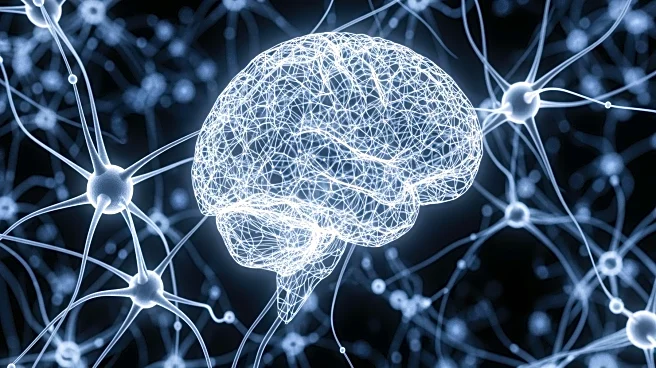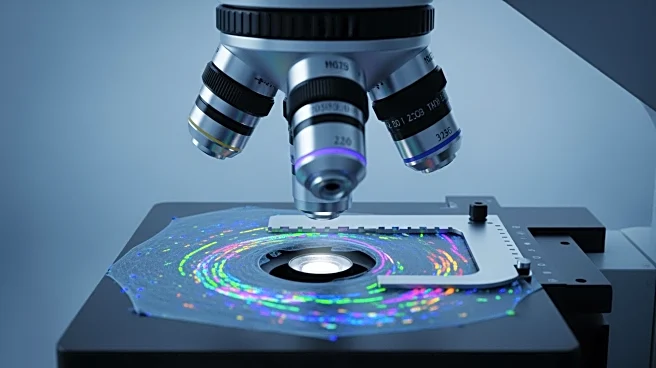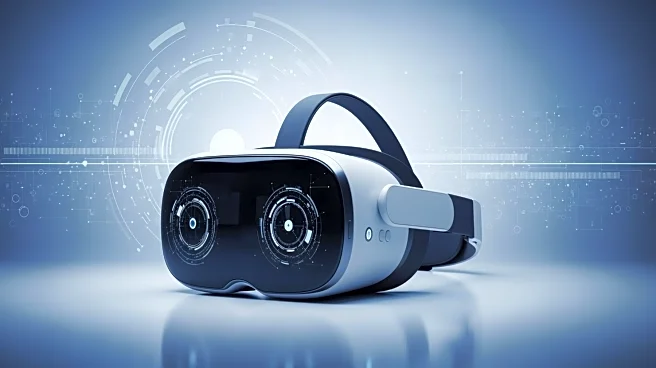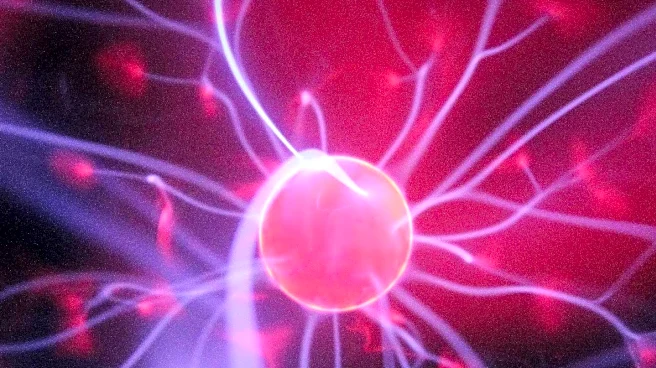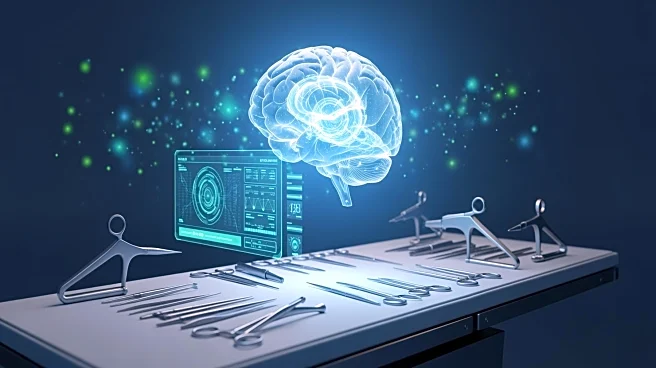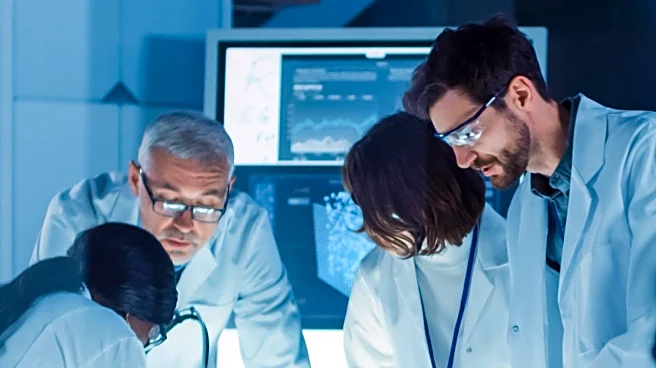What's Happening?
A computational neuroscientist recently had a transformative experience witnessing live neurosurgery, which reshaped her understanding of brain modeling. During the surgery performed by Dr. Obaid, the neuroscientist observed the human brain in its raw
form, contrasting sharply with the simplified models used in her research. This experience highlighted the gap between computational models and the intricate reality of the human brain. The neuroscientist noted that while models provide valuable insights, they often fail to capture the brain's complexity and individuality. This realization has prompted her to prioritize individual-level imaging data in her work, acknowledging the unique nature of each brain.
Why It's Important?
The neuroscientist's experience underscores the importance of integrating real-world observations with computational models in neuroscience. This approach can lead to more accurate representations of the brain, enhancing the effectiveness of research and medical interventions. By acknowledging the limitations of current models, researchers can develop more precise tools for diagnosing and treating neurological conditions. The collaboration between neuroscientists and neurosurgeons, as demonstrated in this case, is crucial for advancing the field and improving patient outcomes. This interdisciplinary approach can lead to innovations in surgical techniques and better predictions of postsurgical recovery.
What's Next?
The neuroscientist plans to continue her collaboration with Dr. Obaid, leveraging both computational models and real-world observations to refine brain modeling techniques. This partnership aims to bridge the gap between theoretical models and practical applications, potentially leading to advancements in neurosurgery and neuroscience research. The focus will be on developing models that accurately reflect the brain's complexity, improving surgical precision, and predicting patient outcomes more reliably. This ongoing collaboration may inspire similar partnerships across the field, fostering a more holistic understanding of the brain.
Beyond the Headlines
The experience highlights ethical considerations in neuroscience, emphasizing the need to balance technological advancements with the human aspect of brain research. It raises questions about the reliance on group averages in modeling, which may overlook individual differences. This perspective encourages a shift towards personalized medicine, where treatments are tailored to the unique characteristics of each patient's brain. The neuroscientist's insights could influence future research directions, promoting a more nuanced approach to understanding and treating neurological disorders.
